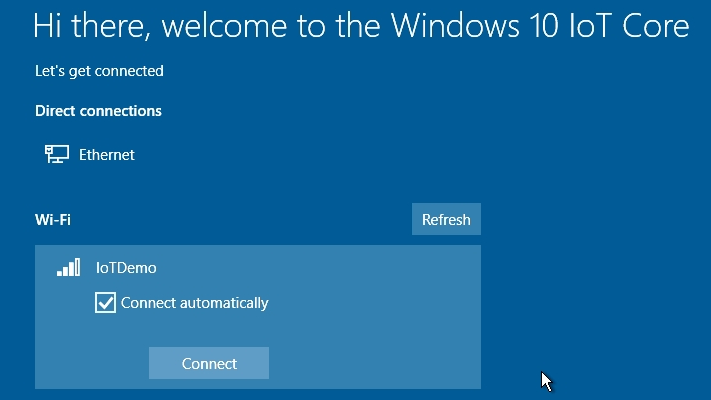


Our clients are much attuned with Windows Embedded- but the new Windows 10 IoT does accommodate functionality that perhaps surpasses its predecessor. Windows 10 IoT is likely to become the impending replacement of the embedded platform that has ruled specialized systems for so long, the key benefits of Embedded were that it enabled enhanced levels of customization and optimized storage space savings- Microsoft are loyal to their platforms and so those key features remain but with the addition of the Windows IoT Core that quite simply offers the option to completely eradicate any traces of a graphical user interface (GUI). Windows Embedded has for long been the isolated solution for industrial users building systems that don’t require all the features of a full windows install however upon the release of Windows 10 last year an IoT based alternative of Windows 10 has been promised. Microsoft has reiterated in what will be a monumental battle for IoT domination by acquiring Solair, a company whose focus is commercial IoT services monitoring and ensuring the smooth functionality of machinery and equipment- Solair’s technology will be incorporated into the Azure platform to further strengthen its armoury. The IoT platform serves to provide a range of services to facilitate definitive projects such as remote monitoring, asset management and predictive maintenance with the collected intelligence of Azures artificial intelligence to assist the technicians of whom will keep it ticking, analysing relevant data and responding with appropriate decisions all within the cloud based management Portal. Microsoft’s cloud platform was updated last year for an IoT specific audience courtesy of the Azure IoT Suite which quintessentially equates to an online business tool to manage and control connected devices regardless of their deployments.


 0 kommentar(er)
0 kommentar(er)
